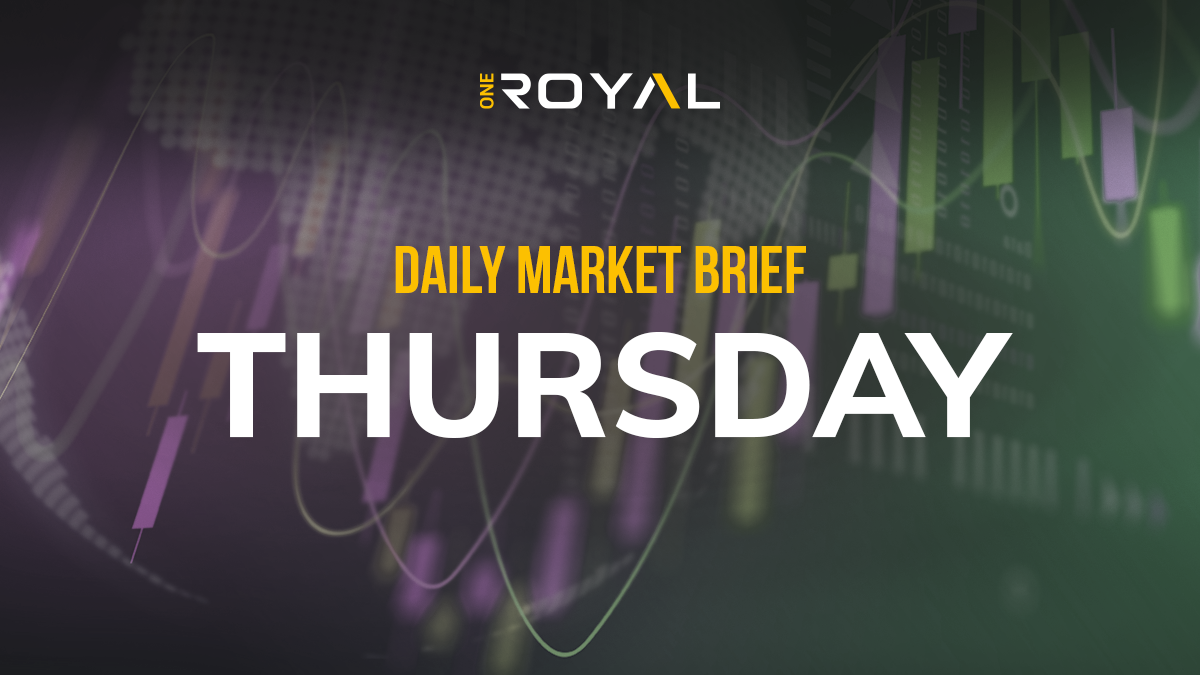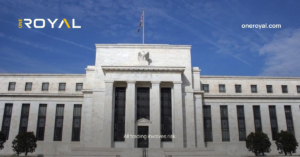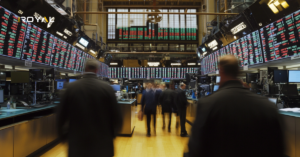The Fed hiked rates by 75 basis points as expected. However, a surprisingly hawkish Powell sent stocks tumbling and the USD higher. Now it’s the BoE’s turn.
· Nasdaq closed -3.3% after Powell said that rates would need to rise higher than initially projected
· BoE is expected to hike rates by 75 basis points to fight 10.1% inflation
· GBP/USD trades at a weekly low, and the FTSE points to a weaker open
As expected, the Federal Reserve raised interest rates by 75 basis points. This was the fourth consecutive rate hike of this magnitude, taking the benchmark lending rate to 4%. The accompanying statement hinted that the Fed was nearing the final phase of the hiking cycle and acknowledged that a slower pace of hikes could be needed. Stocks latched onto the dovish tilt and jumped higher while the USD dropped sharply.
However, Federal Reserve Chair Jerome Powell struck a different tone in his speech. He warned that interest rates would need to rise higher than initially projected, although he also acknowledged that the path could involve some smaller hikes along the way. However, Powell was clear that it was premature to be talking about a dovish pivot.
The market is expecting a 50 basis point hike in December. However, the terminal rate is now expected to be considerably higher than the 4.5% previously expected, at 5%. The hawkish speech from Powell and the repricing of a higher terminal rate saw stocks tumble and the USD rise. The Nasdaq was hardest hit, closing 3.3% lower.
With core inflation still rising and the labour market strong, the Fed remains committed to taming in inflation. The US central bank still considers embedded inflation the greater risk and is prepared to risk tipping the US economy into recession as a consequence of lowering inflation.
BoE
The BoE is next in line. The central bank is expected to raise interest rates by 75 basis points in what will be the central bank’s largest rate hike in 33 years. The move comes as the BoE continues its fight against 40-year high inflation.
The meeting comes after one of the most volatile economic periods in recent British history, which saw the government’s borrowing costs and mortgage rates soar after Liz Truss’ min-budget. A level of calm has returned to the market as Rishi Sunak takes the helm. However, the BoE will, to a degree, be flying blind given that the Chancellor’s fiscal statement has now been pushed back to 17th November. While policymakers won’t have the details, the planned tax rises and spending cuts are expected to dampen economic growth, which could lessen the need for aggressive rate hikes from the BoE.
The vote split and the BoE’s language will likely influence the market’s reaction. A more hawkish split and commentary could lift the pound. Meanwhile, if the BoE’s quarterly growth forecasts highlight the recession risks and the BoE hints towards a slower pace of hikes, the pound could fall. Currently, the market expects the BoE to raise interest rates to 4.75% this cycle. The BoE may persuade the market that the terminal rate could be lower than this, which could pull the pound lower.
GBP/USD trades at -0.3% at 1.1350 at the time of writing, a weekly low, weighed down by the stronger USD. The FTSE points to a -0.8% decline on the open.
Disclaimer: This article is not investment advice or an investment recommendation and should not be considered as such. The information above is not an invitation to trade and it does not guarantee or predict future performance. The investor is solely responsible for the risk of their decisions. The analysis and commentary presented do not include any consideration of your personal investment objectives, financial circumstances, or needs.
Sources: Bloomberg, CNBC, Reuters
Original article provided by Trading Writers




